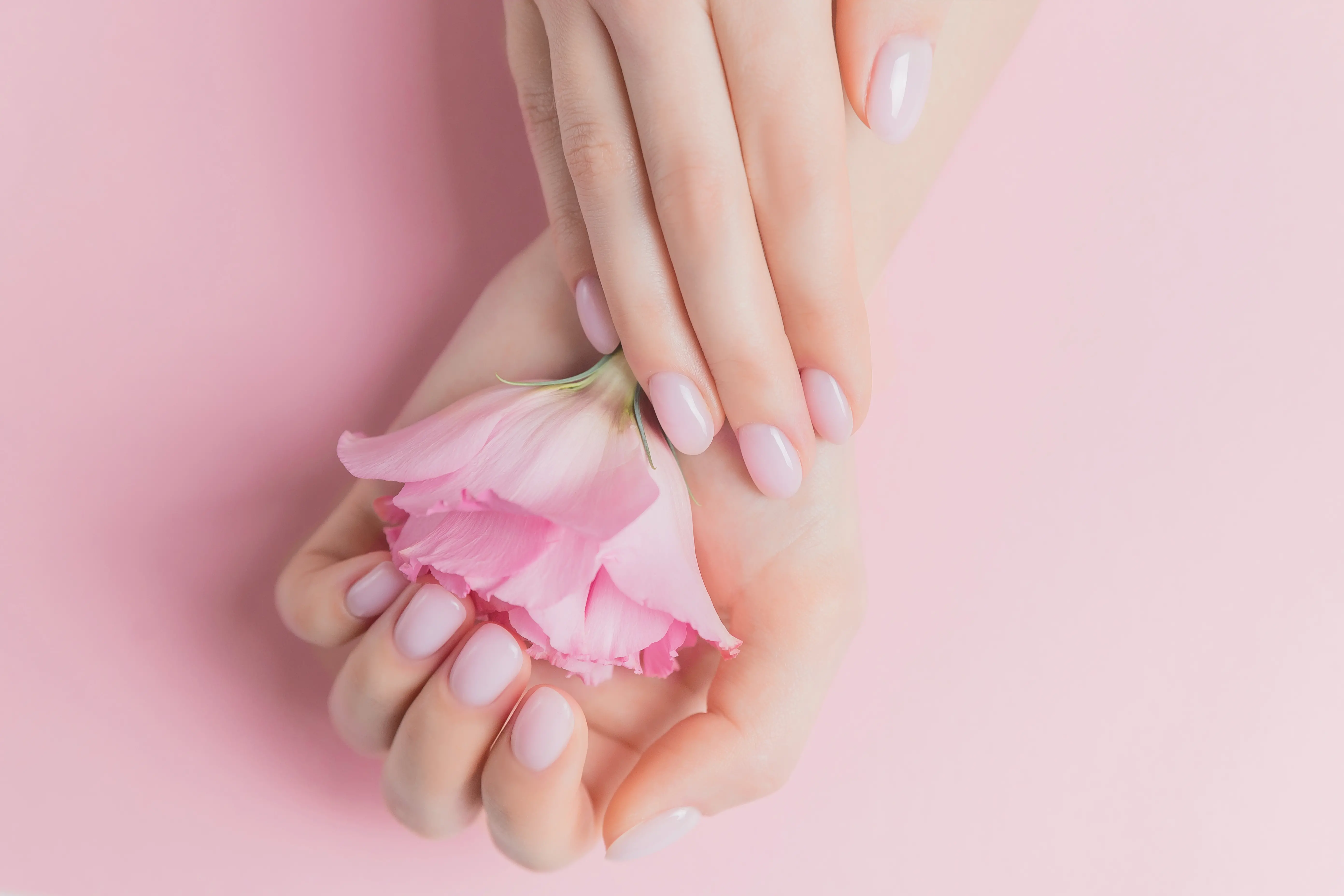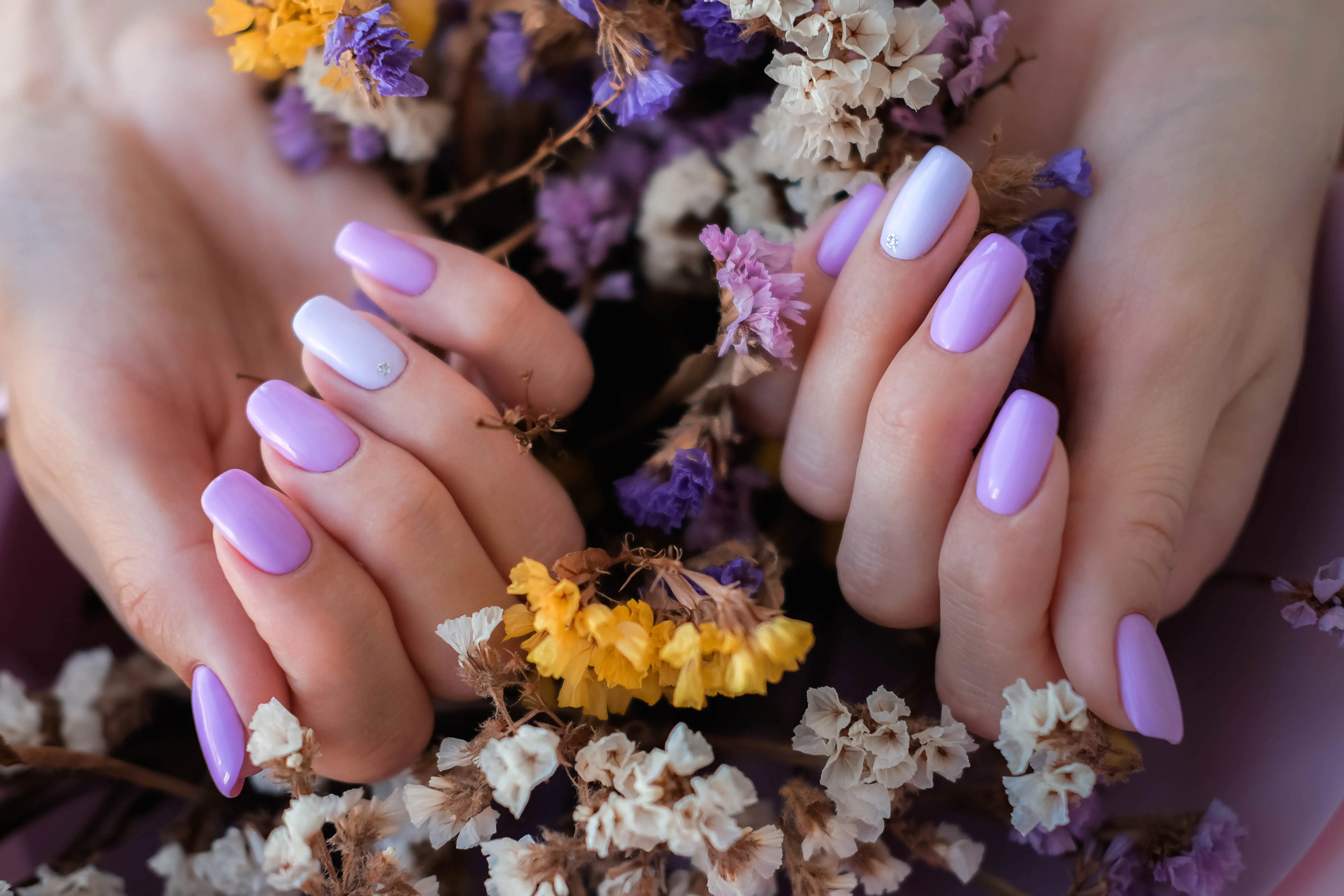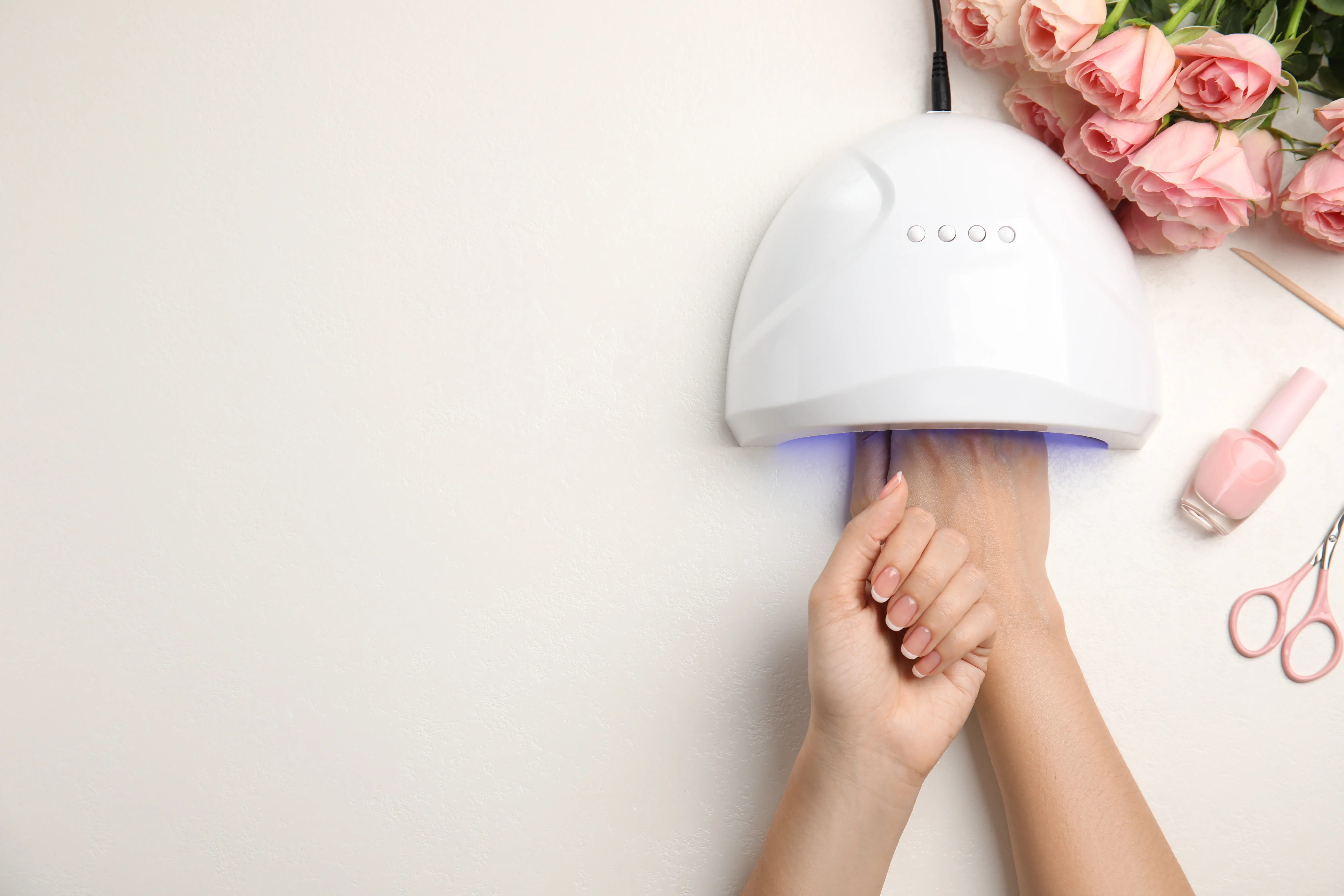In the quest for the perfect manicure, gel nails have emerged as a popular choice, promising durability and a glossy finish that traditional nail polish can’t match. But as with any beauty trend, it’s essential to weigh the pros and cons to decide if gel nails are right for you. Let’s delve into the intricacies of gel nail manicures to figure out if they are indeed worth the investment.

One of the biggest advantages of gel nails is their longevity. While regular nail polish may chip or fade within a few days, a gel manicure can last up to two weeks or more with proper care. This durability is a saving grace for those who lead busy lives and do not have the time for frequent salon visits or touch-ups at home. The longevity of gel nails can also be cost-effective in the long run, as you may find yourself needing fewer appointments.
Another benefit of gel nails is the immediate drying time. Unlike regular nail polish that requires careful drying to avoid smudges, gel polish is cured under a UV or LED light, which means your nails are completely dry before you leave the salon. This convenience lets you get back to your day without the fear of ruining your freshly done nails.
Gel nails also offer a versatility in terms of design. The thickness of the gel provides a smooth canvas for intricate nail art, which can be more challenging to achieve with regular polish. Additionally, the sheer range of colors and finishes available in gel formulations can inspire endless creativity for both nail technicians and clients.

Despite these enticing benefits, there are also several drawbacks to consider. The removal process, for instance, can be quite taxing on your nails. Gel polish must be soaked in acetone and then scraped off, which can weaken the nail bed and lead to brittleness, peeling, or breakage over time. Therefore, giving your nails a break between gel manicures is recommended to allow them to recover.
Moreover, the cost of getting gel nails can be a deciding factor for many. A gel manicure typically costs more than a traditional manicure due to the materials used and the additional time required for the application process. Regular maintenance also means that you’ll need to budget for salon visits every two to three weeks if you wish to keep your gel nails looking their best.
Another point of contention is the potential health risks associated with the UV lights used to cure gel polish. Frequent exposure to UV light has been a concern as it is known to potentially increase the risk of skin cancer. Some experts recommend applying sunscreen to your hands prior to UV light exposure to mitigate these risks. Alternatively, many salons now use LED lamps, which cure nails faster and with less UV exposure.

It’s also worth noting that the application of gel nails requires a level of expertise, and thus, not all nail technicians may be able to deliver quality results. Substandard application can lead to lifting, where the gel begins to detach from the natural nail, or overexposure to UV light can cause burning and damage to the nail and surrounding skin.
In conclusion, gel nails offer a stunning, long-lasting manicure that can stand up to the rigors of daily life, but they also come with drawbacks that require consideration. If you value durability and you’re willing to invest in frequent maintenance, then gel nails might be a great fit for you. However, if you’re concerned about the health of your nails or the potential risks from UV exposure, it might be wise to stick to traditional nail polish or explore other alternatives like dip powder or press-on nails. Regardless of your choice, always ensure you visit a reputable nail technician and give your nails some tender loving care between appointments to maintain their health and strength. With all factors considered, the decision to opt for gel nails ultimately hinges on your personal preferences, lifestyle, and priorities in nail care.
